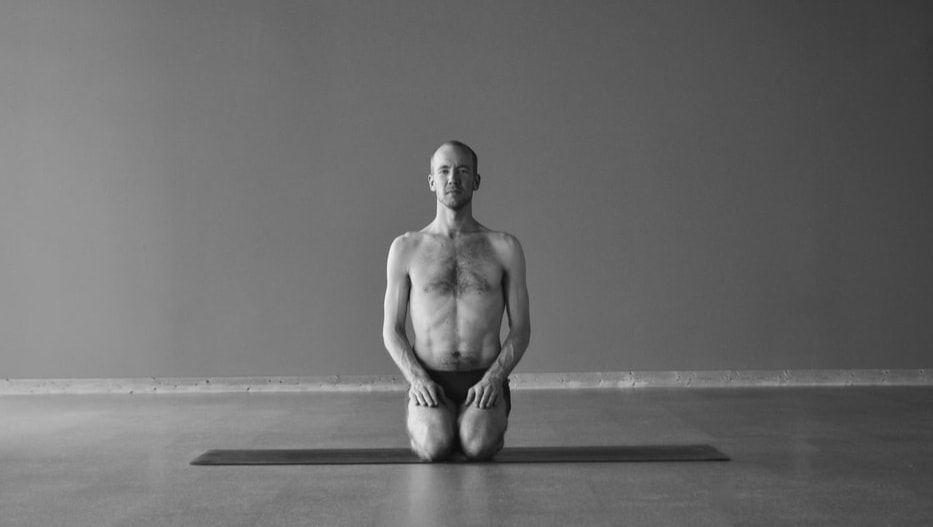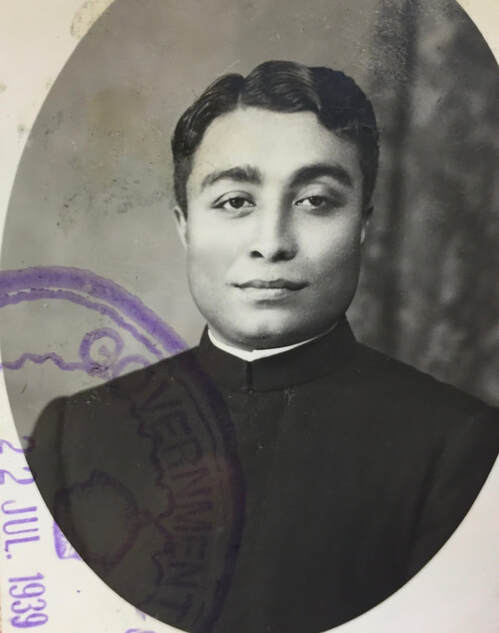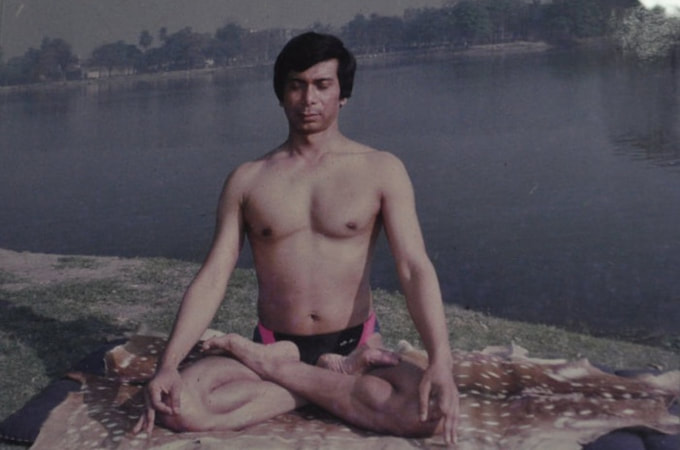|
Kapalabhati is often referenced as a heating breath. This goes back to ideas such as in the Hatha Yoga Pradipika which states, "Rapidly exhale and inhale like the bellows of a blacksmith. This is known as Kapalabhati. It dries up phlegm diseases." (HYP 2.35). Additionally, the practice of Kapalabhati was thought to heat apana, one of the winds of the body. Heating apana was thought to help raise kundalini.
When we practice Kapalabhati, we may feel lightheaded afterward. This is no surprise as "Kapalabhati" means "Shining Skull". Because of the physical effort required to exhale repeatedly, we may also feel warm in our abdominal muscles. Surprisingly however, Kapalabhati is not a heating breath. It is a cooling breath. Kapalabhati activates the parasympathetic nervous system through rapid abdominal breathing. Even though the abdominal muscles might feel fatigued, the effect on the nervous system is calming and cooling. The tingling feeling comes from excessive exhalations. Carbon dioxide is expelled from the body until the blood becomes alkaline and the peripheral nervous system becomes hypersensitive. Yogis of the past thought of this as a "burning" of sorts. Next time you practice Kapalabhati, notice how still you can sit immediately afterward. Pay attention to your nervous system.
0 Comments
This blog corresponds to our "Traveling Through the Decades" series on the Yoga World Podcast. Available now on Apple, Spotify, or wherever you get your podcasts. History is shaped by people and events. Over time, these moments accumulate and we recognize them as important and meaningful. Through the lens of Ghosh Yoga history, the first main character to bring attention to is none other than Bishnu Charan Ghosh. The events of his life paved the way for the Ghosh tradition of yoga.
When you walk around North Kolkata today, you will easily find people who remember Bishnu Ghosh. "Oh yes! He would always host events in the neighborhood," they might say. Or, "He was a very convincing character! Everyone wanted to be around him." Bishnu Ghosh was a showman, a teacher, a promoter, a performer and much more. He was born into a family of yogis in 1903. Practices of Kriya yoga and bhakti (devotion) were common in the Ghosh family house. This had a great effect on the family, including Bishnu's older brother Mukunda Lal Ghosh, later known as Paramhansa Yogananda. As a young man, somewhat skinny and unwell, Ghosh was transfixed by performances of muscle control and bodybuilding. Bayam (exercise) was quite popular at the time, and as a young man Ghosh developed a keen interest in it. By the 1920s, Ghosh was involved in the All Bengal Physical Culture Association and started his own gymnasium: Ghosh's College of Physical Education. While his interest was primarily on developing physical strength and control as a young man, as the years passed he grew interested in development beyond just musculature. Ghosh published two books about physical practice, Muscle Control & Barbel Exercises (along with Keshub Sen Gupta) and Yoga Cure in 1961. Known for his ability to spot talent and develop it, he trained many students who became great teachers in their own right. Bishnu Ghosh passed away on July 9th, 1970 though Ghosh's College stands strong today. While those based in the West may not immediately know his name, Dr Dibyasundar Das is a significant figure in the yoga lineage of Bishnu Charan Ghosh. He died Wednesday morning at the age of 68.
His family looms large in the yoga of Kolkata, including his sister, Kushala, and his brother, Premsundar. (Dr Premsundar Das is best known in the West.) Dr Das devoted his life and work to serving and bringing relief to many through therapeutic yoga and homeopathic medicine. He was trained by none other than Bishnu Charan Ghosh, as well as Dr. Gouri Shankar Mukerji and Sananda Lal Ghosh. In 1986 he founded the World Yoga Society to greater serve individuals as well as train others through courses in Yoga Therapy. Its youtube channel is extensive. Today his photos line the walls at Ghosh’s College displaying how important he is to this tradition of yoga. Further testament to his skill and achievements live on in the many lives of those who he helped. Our best wishes go out to his family and loved ones. |
AUTHORSScott & Ida are Yoga Acharyas (Masters of Yoga). They are scholars as well as practitioners of yogic postures, breath control and meditation. They are the head teachers of Ghosh Yoga.
POPULAR- The 113 Postures of Ghosh Yoga
- Make the Hamstrings Strong, Not Long - Understanding Chair Posture - Lock the Knee History - It Doesn't Matter If Your Head Is On Your Knee - Bow Pose (Dhanurasana) - 5 Reasons To Backbend - Origins of Standing Bow - The Traditional Yoga In Bikram's Class - What About the Women?! - Through Bishnu's Eyes - Why Teaching Is Not a Personal Practice Categories
All
Archives
May 2024
|









 RSS Feed
RSS Feed